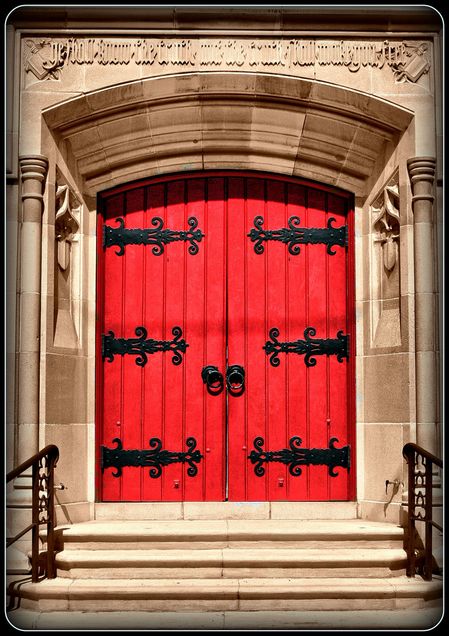How Ministry Leaders Can Make Worship More Accessible
Did you know that this year marks the 25th anniversary of the signing of the Americans with Disabilities Act? Despite the fact that the ADA is a quarter-century old, many religious institutions remain horrendously inaccessible for people with disabilities.
 1. Conduct an accessibility audit
1. Conduct an accessibility audit
No one is going to feel welcome if they cannot get inside the building (or the bathroom)! The United Methodist Church offers an accessibility audit form that lists measurements for doors, sinks, and other fixtures that make them much easier for people with disabilities to use. An accessibility audit does not have to be done by professionals—it could be a great project for a youth group or Sunday School class. Whenever possible, someone with a disability should be included in the audit, as they may notice things that would otherwise be overlooked.
2. Provide transportation to and from events:
Transportation is an enormous hurdle for people with disabilities, who in many cases cannot drive. Even where public transportation exists, it often is not accessible to wheelchair users and others with mobility issues. Getting from Point A to Point B thus becomes a giant logistical headache. Volunteers who are willing to transport others in their own vehicles or an accessible van can make a huge difference!






